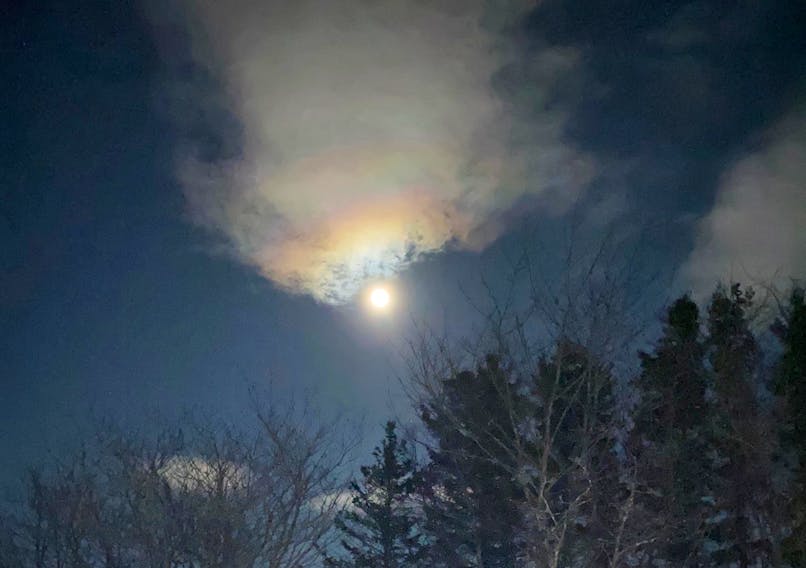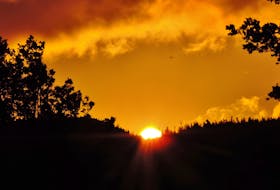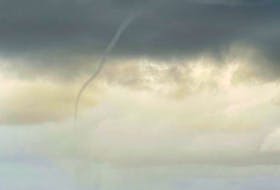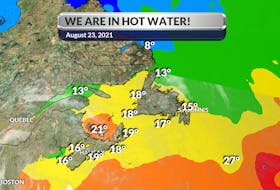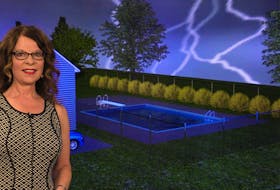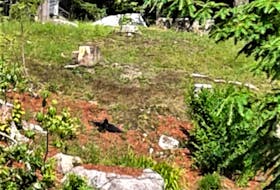Right now, many of us are looking for interesting things to do with the kids or our spouses, literally in our backyards.
Looking up can help you decompress and learn at the same time. As a child, back on the farm and with mom’s guidance, I spent a lot of time looking for planets, stars, constellations, asterisms, etc. It can be tricky and it takes time but if you start with the moon and work your way up, it’s pretty simple and lots of fun.
I’ve always found the moon to be quite intriguing, regardless of its phase or its position in the sky. The fact that it can be seen during the day makes it an interesting celestial object. Observing the moon is very educational and can trigger conversations about astronomy, astrology and meteorology.
The other day, Beverly DeWolfe was out to get a glimpse of the full pink moon. She had no trouble finding it but as she stood there admiring it, a cloud drifted by and presented a set of coloured rings. Beverly wanted to know what caused the rainbow colours to appear on the edge of the passing cloud.
Beverly was looking at a corona. In meteorology, a corona is an optical phenomenon produced by the diffraction of sunlight or moonlight by very tiny water droplets in a cloud.
In its full form, a corona consists of several concentric, pastel-coloured rings and a central bright area called aureole. That aureole is often the only visible part of the corona and is usually bluish-white and fades to reddish-brown towards the edge. The diameter of a corona depends on the sizes of the water droplets involved; smaller droplets produce a large corona.
Last Sunday, many of you witnessed a lovely ring around the sun – a solar halo. You might be wondering if the corona is its nighttime equivalent. It is not. The night halo is a lunar halo.
Halos are also optical phenomena that appear around the sun or moon, and sometimes near other strong light sources like street lights. They are caused by ice crystals in cold cirrus clouds located anywhere between five and 10 km above the ground.
In the case of a halo, the ring is a result of diffraction from comparatively large ice crystals. A corona, on the other hand, is a pastel halo around the moon or sun created by the diffraction of water droplets. The droplets in the cloud must be almost perfectly uniform for this phenomena to occur.
Another interesting difference is the colour sequence: from blue inside to red outside in a corona and the reverse of that in a halo.
- Want more weather information? Visit your weather page.
- Have a weather question, photo or drawing to share with Cindy Day? Email [email protected]
Cindy Day is the chief meteorologist for SaltWire Network

